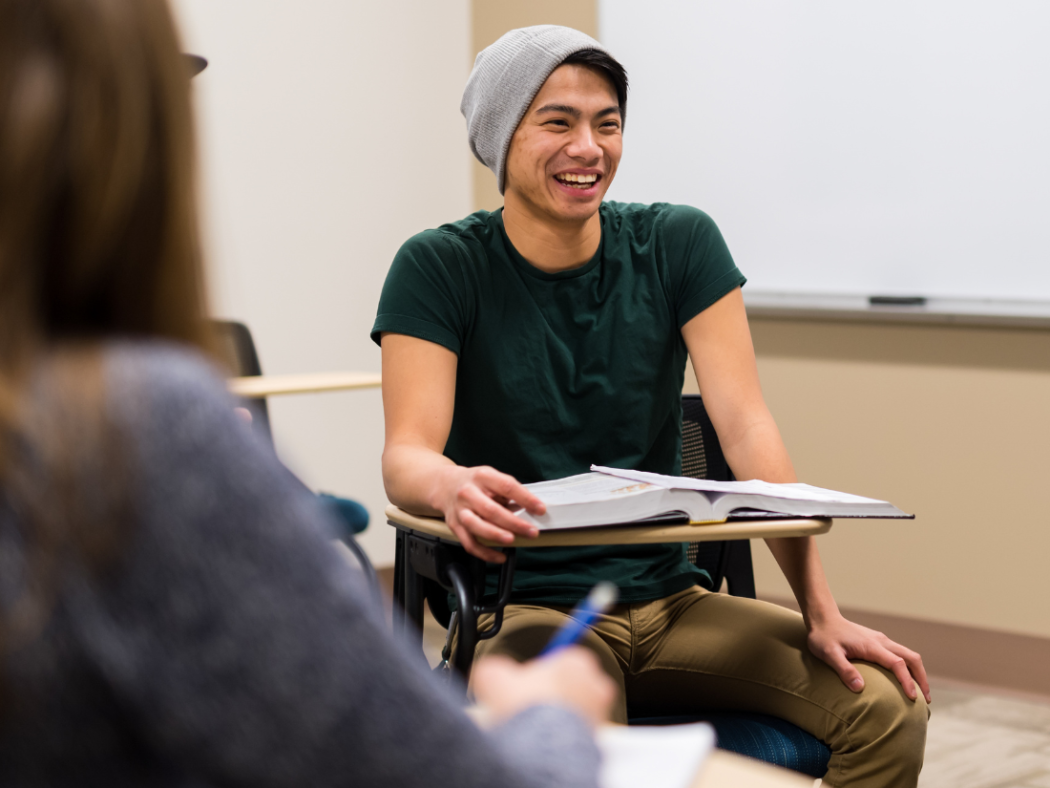
Our Optimal Learning Environment gives educators the tools to create supportive, research-backed conditions for teaching and learning. By articulating high-leverage instructional practice, the OLE is designed to allow every student the opportunity to flourish in school, in their communities, and life.
NTC collaborated with national researchers in education and youth development to develop the Optimal Learning Environment framework — a driver for our work with mentors, coaches, and school leaders.

The framework is organized into three main areas: building strong relationships and classroom learning communities, asset-based, student-centered instructional design, and access to quality curriculum, instruction, and assessment. While these areas are distinct, they are deeply connected and work together to promote effective teaching and learning.
- Engaged learning community
- Healthy expression of emotions
- Self-awareness, intellectual risk-taking, meaningful discourse
- Academic excellence and persistence
- Student-worthy work

- Individual assets
- Learner agency, choice, self-advocacy
- Confidence, goal-setting, feedback, reflection
- Differentiated and responsive
- Multiple pathways

- Relevant, challenging content aligned to grade-level standards
- Inquiry, collaboration, productive struggle
- Leverage zone of proximal development
- Learn about self, others, the world
- Engage in discourse, extend ideas and arguments

Download the framework to support dynamic and engaging classroom communities that are intellectually rich, personalized, and co-constructed by students and adults to support the success of each and every learner.

Optimal learning environment conversations with teachers are about making the classroom safe for kids, about the opportunities for learning teachers are providing so that students feel connected and motivated.


